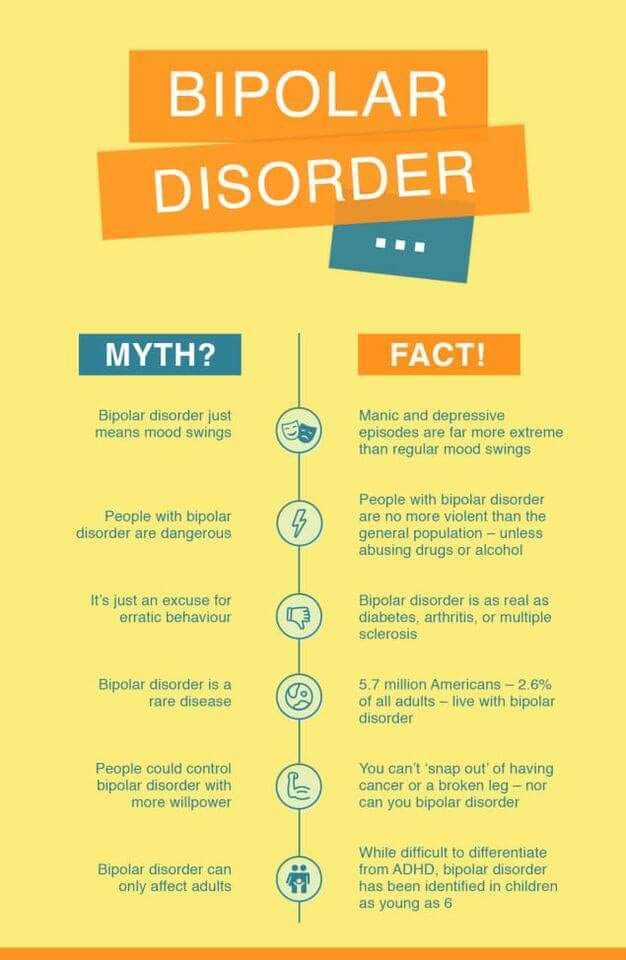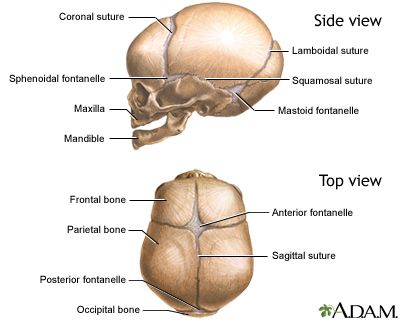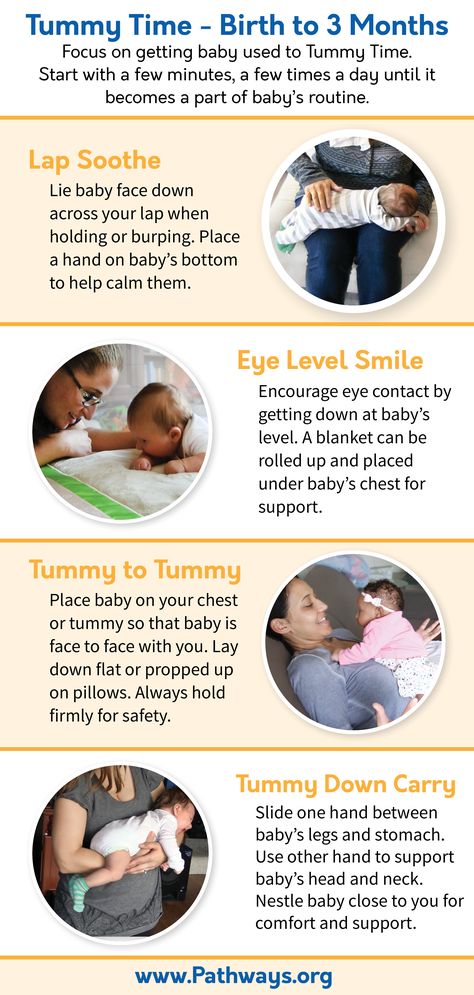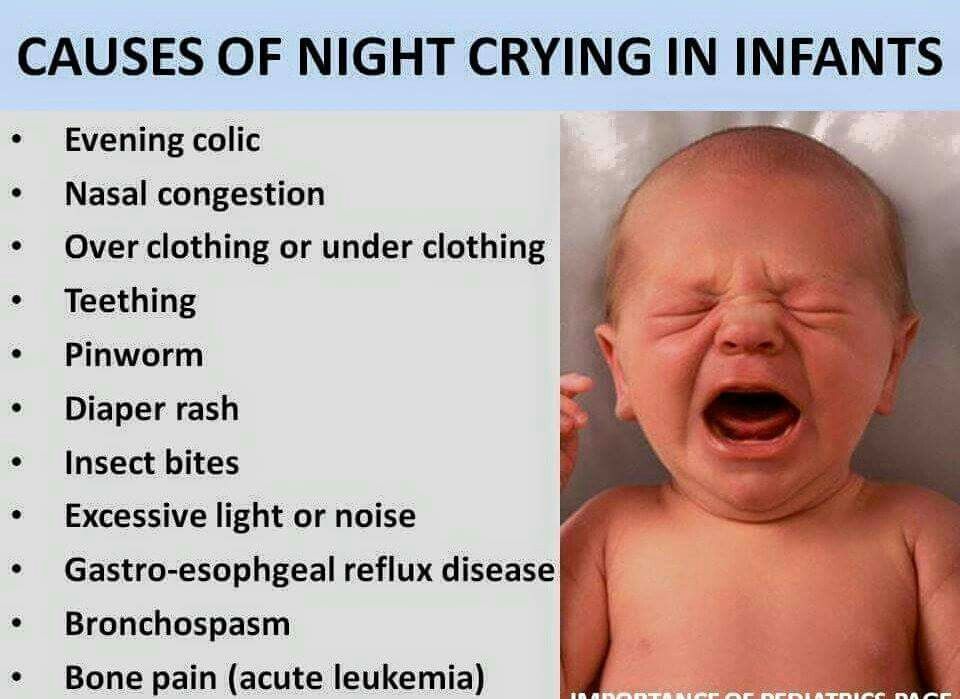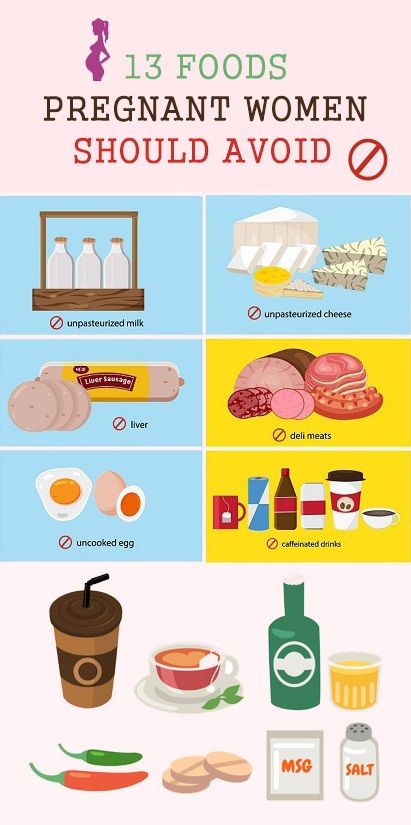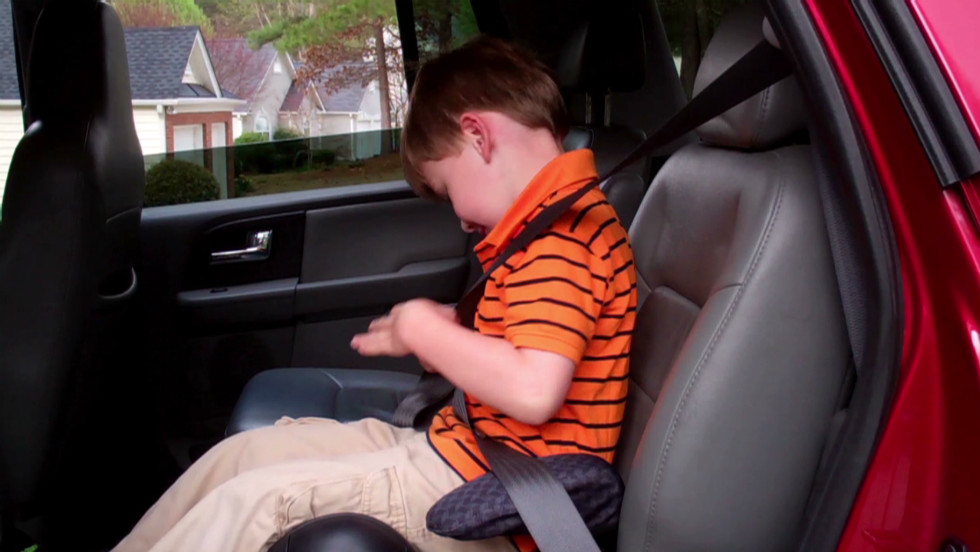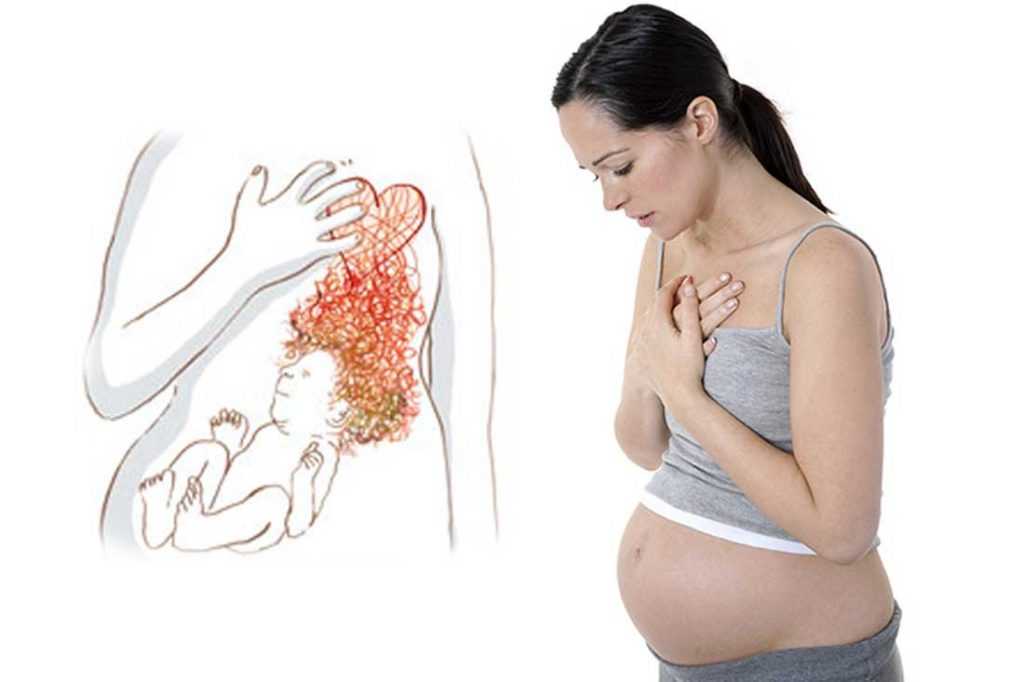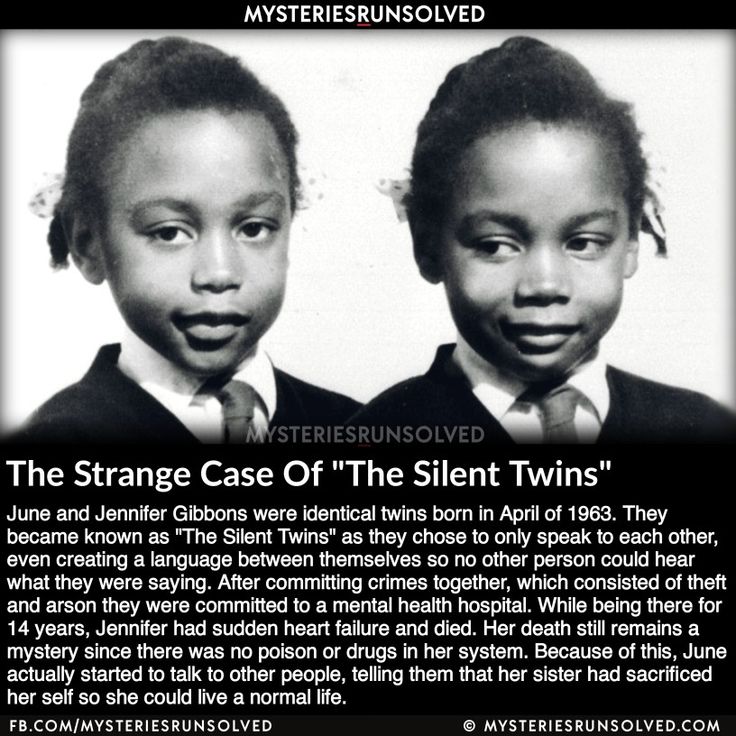How to test a child for bipolar disorder
Bipolar Disorder Symptoms Test for Children
For many years, bipolar disorder was considered an adult illness. But in the 1990s, researchers started to accept the idea that bipolar disorder could manifest in childhood, in a rare form known as pediatric bipolar disorder. According to the National Institute of Mental Health, this form of bipolar disorder is often more severe than the adult-onset variety, and “young people with the illness appear to have more frequent mood switches, are sick more often, and have more mixed episodes.”
Early-onset bipolar disorder is rare, affecting just 0.5 percent of children in the U.S. It can begin as young as 6, and many children with the condition are initially misdiagnosed with ADHD, ODD, or depression — depending on how their symptoms most often present.
Could your child’s extreme changes in mood, temperamental outbursts, and vacillating energy levels be a sign of bipolar disorder? Take this self-test and then take the results to a mental health professional for evaluation.
Adapted from the Child Bipolar Questionnaire (CBQ) designed to screen for the possibility of bipolar spectrum disorders in juveniles. If you answer Yes to a significant number of these questions, consult a licensed mental health practitioner. An accurate diagnosis can only be made through clinical evaluation. Screener for personal use only.
Does your child’s mood change from happy to sad instantaneously — almost like flicking a light switch?
Very Often
Often
Sometimes
Rarely
Never
Is your child much more curious about sex than other children her age? Does she bring up sex inappropriately in conversation, or has she engaged in inappropriate or risky sexual behaviors?
Very Often
Often
Sometimes
Rarely
Never
All of a sudden, is your child convinced she can be a famous singer, president of the United States, an international spy, and a millionaire — all at once?
Very Often
Often
Sometimes
Rarely
Never
Does your child engage in dangerous activities — like jumping out of trees or rollerblading while hanging on to the back of a car — and later say that he knew it could be dangerous, for others but that he felt immune to that danger? Does he report that he may even welcome any injury?
Very Often
Often
Sometimes
Rarely
Never
Does it seem like your child has given up sleeping altogether — but often doesn’t seem tired the day after a sleepless night?
Very Often
Often
Sometimes
Rarely
Never
Does your child expect the worst at every turn? Does he panic over small, seemingly insignificant events — like a minor scrape or a crime-related news story?
Very Often
Often
Sometimes
Rarely
Never
Does your child suddenly reject taking part in her favorite activities?
Very Often
Often
Sometimes
Rarely
Never
Does your child have long, explosive rage attacks — sometimes complete with foul language that’s inappropriate for his age?
Very Often
Often
Sometimes
Rarely
Never
Does your child inconsistently have periods where he has an unfocused, limitless energy that feels out of control, even to him?
Always
Often
Sometimes
Rarely
Never
Is your child sometimes precocious — charming adults with his intelligent and mature speaking style — and then at other times does he regress to baby-like, primitive behaviors, like crawling up in a fetal position when stressed or engaging in baby talk?
Very Often
Often
Sometimes
Rarely
Never
Does your child seek out gory films and violent, bloody games?
Very Often
Often
Sometimes
Rarely
Never
When your child gets in trouble at school or at home, does she blame others for causing the mistake?
Very Often
Often
Sometimes
Rarely
Never
Does your child masterfully lie to either avoid consequences or manipulate a situation?
Very Often
Often
Sometimes
Rarely
Never
When you try to set limits on your child — asking him to shut off his video game and join you at the dinner table — does he react in an extreme or violent way?
Very Often
Often
Sometimes
Rarely
Never
Does your child’s brain seem powered by a motor? Does she talk a mile a minute, or says she can’t seem to slow down her thoughts?
Very Often
Often
Sometimes
Rarely
Never
(Optional) Would you like to receive your bipolar symptom test results — plus more helpful resources — via email from ADDitude?
Subscribe me to your newsletter!
Can’t see the self-test questions above? Click here to open this test in a new window.
Bipolar Disorder in Children: Next Steps
1. Take This Test: Full ADHD Symptoms Test for Children
2. Take This Test: Oppositional Defiant Disorder in Children3. Take This Test: General Anxiety Disorder for Children
4. Download: Is It Bipolar or ADHD?
5. Read: What Bipolar Disorder Looks Like in Children
6. Explore: Where ADHD and Bipolar Disorder Overlap
Previous Article Next Article
NIMH » Bipolar Disorder in Children and Teens
Does your child go through extreme changes in mood and behavior? Does your child get much more excited or much more irritable than other kids? Do you notice that your child goes through cycles of extreme highs and lows more often than other children? Do these mood changes affect how your child acts at school or at home?
Some children and teens with these symptoms may have bipolar disorder, a brain disorder that causes unusual shifts in mood, energy, activity levels, and day-to-day functioning.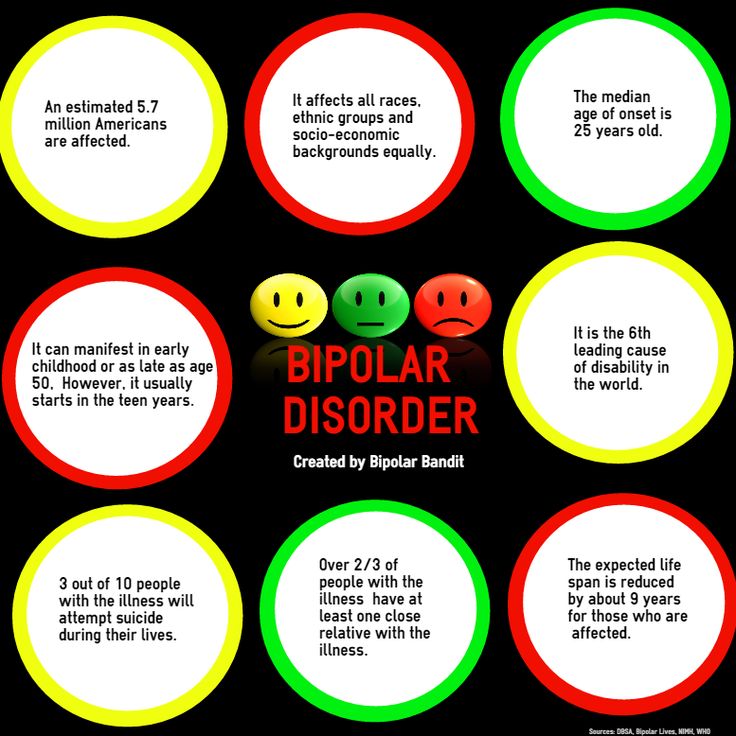 With treatment, children and teens with bipolar disorder can get better over time.
With treatment, children and teens with bipolar disorder can get better over time.
What is bipolar disorder?
Bipolar disorder is a mental disorder that causes people to experience noticeable, sometimes extreme, changes in mood and behavior. Sometimes children with bipolar disorder feel very happy or “up” and are much more energetic and active than usual. This is called a manic episode. Sometimes children with bipolar disorder feel very sad or “down” and are much less active than usual. This is called a depressive episode.
Bipolar disorder, which used to be called manic-depressive illness or manic depression, is not the same as the normal ups and downs every child goes through. The mood changes in bipolar disorder are more extreme, often unprovoked, and accompanied by changes in sleep, energy level, and the ability to think clearly. Bipolar symptoms can make it hard for young people to perform well in school or to get along with friends and family members. Some children and teens with bipolar disorder may try to hurt themselves or attempt suicide.
Some children and teens with bipolar disorder may try to hurt themselves or attempt suicide.
Most people are diagnosed with bipolar disorder in adolescence or adulthood, but the symptoms can appear earlier in childhood. Bipolar disorder is often episodic, but it usually lasts a lifetime.
Signs and symptoms of bipolar disorder may overlap with symptoms of other disorders that are common in young people, such as attention-deficit/hyperactivity disorder (ADHD), conduct problems, major depression, and anxiety disorders. Diagnosing bipolar disorder can be complicated and requires a careful and thorough evaluation by a trained, experienced mental health professional.
With treatment, children and teens with bipolar disorder can manage their symptoms and lead successful lives.
What causes bipolar disorder?
The exact causes of bipolar disorder are unknown, but several factors may contribute to the illness.
For example, researchers are beginning to uncover genetic mechanisms that are linked to bipolar disorder and other mental disorders.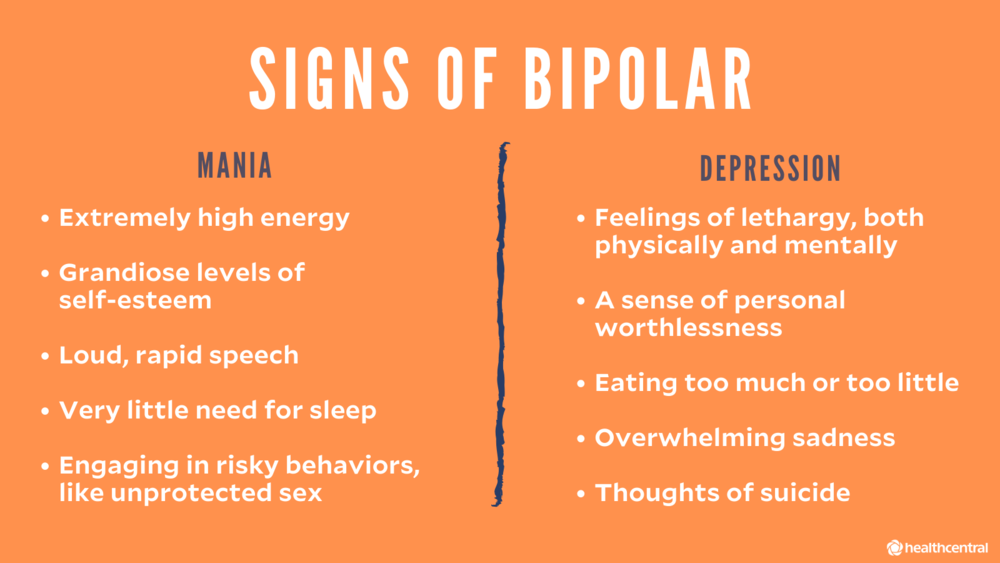 Research shows that people’s chance of having bipolar disorder is higher if they have a close family member with the illness, which may be because they have the same genetic variations. However, just because one family member has bipolar disorder, it does not mean that other members of the family will have it. Many genes are involved in the disorder, and no single gene causes it.
Research shows that people’s chance of having bipolar disorder is higher if they have a close family member with the illness, which may be because they have the same genetic variations. However, just because one family member has bipolar disorder, it does not mean that other members of the family will have it. Many genes are involved in the disorder, and no single gene causes it.
Research also suggests that adversity, trauma, and stressful life events may increase the chances of developing bipolar disorder in people with a genetic risk of having the illness.
Some research studies have found differences in brain structure and function between people who have bipolar disorder and those who do not. Researchers are studying the disorder to learn more about its causes and effective treatments.
What are the symptoms of bipolar disorder?
Mood episodes in bipolar disorder include intense emotions along with significant changes in sleep habits, activity levels, thoughts, or behaviors. A person with bipolar disorder may have manic episodes, depressive episodes, or “mixed” episodes. A mixed episode has both manic and depressive symptoms. These mood episodes cause symptoms that often last for several days or weeks. During an episode, the symptoms last every day for most of the day.
A person with bipolar disorder may have manic episodes, depressive episodes, or “mixed” episodes. A mixed episode has both manic and depressive symptoms. These mood episodes cause symptoms that often last for several days or weeks. During an episode, the symptoms last every day for most of the day.
These mood and activity changes are very different from the child’s usual behavior and from the behavior of healthy children and teens.
Children and teens having a manic episode may:
- Show intense happiness or silliness for long periods of time.
- Have a very short temper or seem extremely irritable.
- Talk fast about a lot of different things.
- Have trouble sleeping but not feel tired.
- Have trouble staying focused, and experience racing thoughts.
- Seem overly interested or involved in pleasurable but risky activities.
- Do risky or reckless things that show poor judgment.
Children and teens having a depressive episode may:
- Feel frequent and unprovoked sadness.
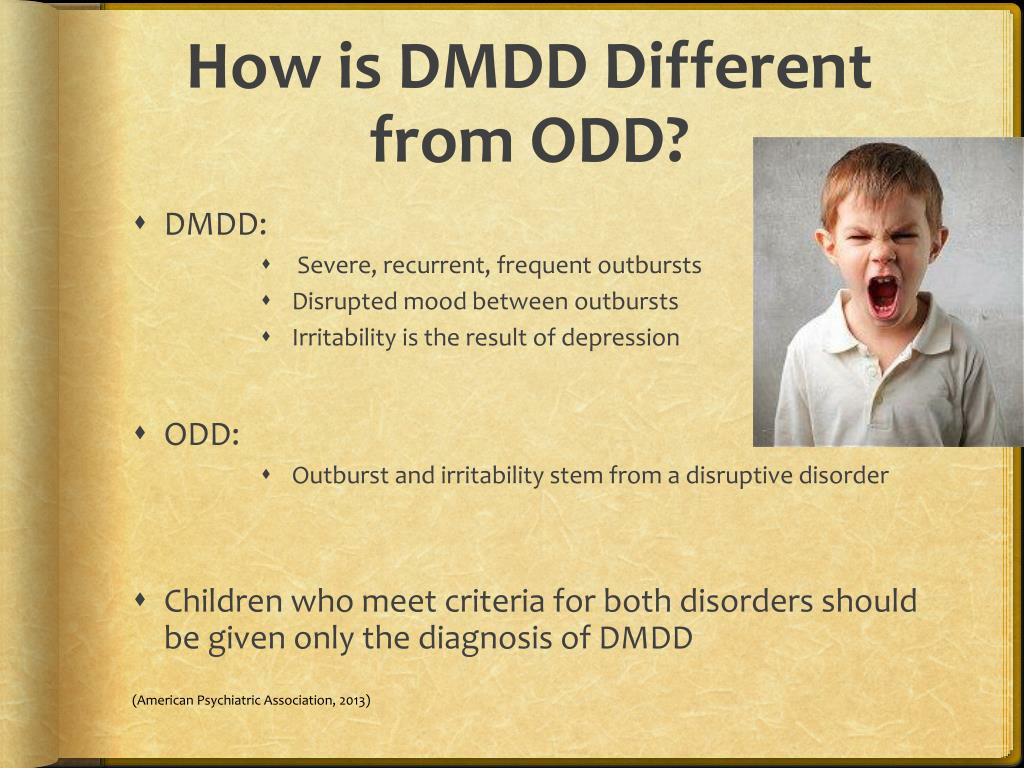
- Show increased irritability, anger, or hostility.
- Complain a lot about pain, such as stomachaches and headaches.
- Have a noticeable increase in amount of sleep.
- Have difficulty concentrating.
- Feel hopeless and worthless.
- Have difficulty communicating or maintaining relationships.
- Eat too much or too little.
- Have little energy and no interest in activities they usually enjoy.
- Think about death, or have thoughts of suicide.
Can children and teens with bipolar disorder have other problems?
Young people with bipolar disorder can have several problems at the same time. These include:
- Misuse of alcohol and drugs. Young people with bipolar disorder are at risk of misusing alcohol or drugs.
- Attention-deficit/hyperactivity disorder (ADHD). Children and teens who have both bipolar disorder and ADHD may have trouble staying focused.

- Anxiety disorders. Children and teens with bipolar disorder also may have an anxiety disorder.
Sometimes extreme behaviors go along with mood episodes. During manic episodes, young people with bipolar disorder may take extreme risks that they wouldn’t usually take or that could cause them harm or injury. During depressive episodes, some young people with bipolar disorder may think about running away from home or have thoughts of suicide.
If your child shows signs of suicidal thinking, take these signs seriously and call your child’s health care provider.
If you think your child is in crisis and needs immediate help, call 911. You also can call the National Suicide Prevention Lifeline (Lifeline) at 1‑800‑273‑TALK (8255), or text the Crisis Text Line (text HELLO to 741741). These services are confidential, free, and available 24/7.
How is bipolar disorder diagnosed?
A health care provider will ask questions about your child’s mood, sleeping patterns, energy levels, and behavior.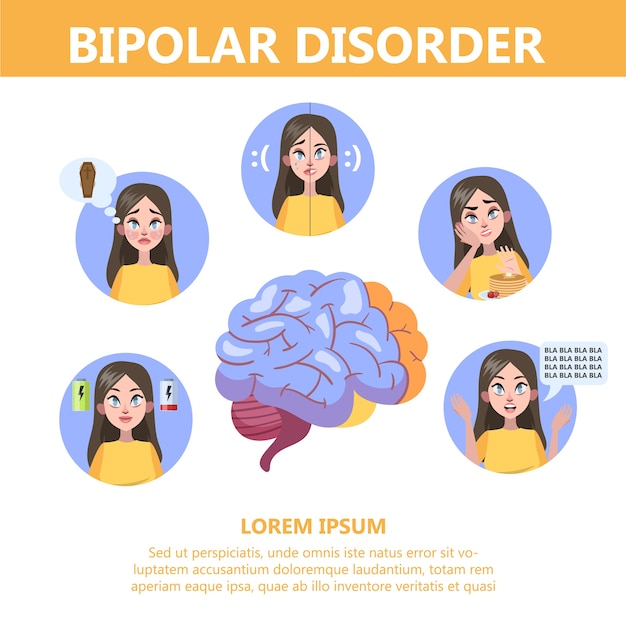 There are no blood tests or brain scans that can diagnose bipolar disorder. However, the health care provider may use tests to see if something other than bipolar disorder is causing your child’s symptoms. Sometimes health care providers need to know about medical conditions in the family, such as depression or substance use.
There are no blood tests or brain scans that can diagnose bipolar disorder. However, the health care provider may use tests to see if something other than bipolar disorder is causing your child’s symptoms. Sometimes health care providers need to know about medical conditions in the family, such as depression or substance use.
Other disorders have symptoms like those of bipolar disorder, including ADHD, disruptive mood regulation disorder, oppositional defiant disorder, conduct disorder, and anxiety disorders. It also can be challenging to distinguish bipolar disorder from depression that occurs without mania, which is referred to as “major depression.” A health care provider who specializes in working with children and teens can make a careful and complete evaluation of your child’s symptoms to provide the right diagnosis.
How is bipolar disorder treated?
Children and teens can work with their health care provider to develop a treatment plan that will help them manage their symptoms and improve their quality of life.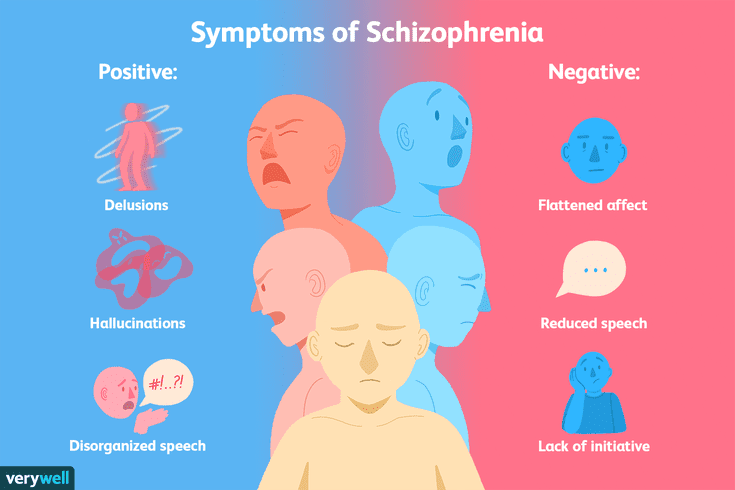 It is important to follow the treatment plan, even when your child is not currently experiencing a mood episode. Steady, dependable treatment works better than treatment that starts and stops.
It is important to follow the treatment plan, even when your child is not currently experiencing a mood episode. Steady, dependable treatment works better than treatment that starts and stops.
Treatment options include:
- Medication. Several types of medication can help treat symptoms of bipolar disorder. Children respond to medications in different ways, so the right type of medication depends on the child. This means children may need to try different types of medication to see which one works best for them. Some children may need more than one type of medication because their symptoms are complex. Children should take the fewest number of medications and the smallest doses possible to help their symptoms. A good way to remember this is “start low, go slow.” Medications can cause side effects. Always tell your child’s health care provider about any problems with side effects. Do not stop giving your child medication without speaking to a health care provider.
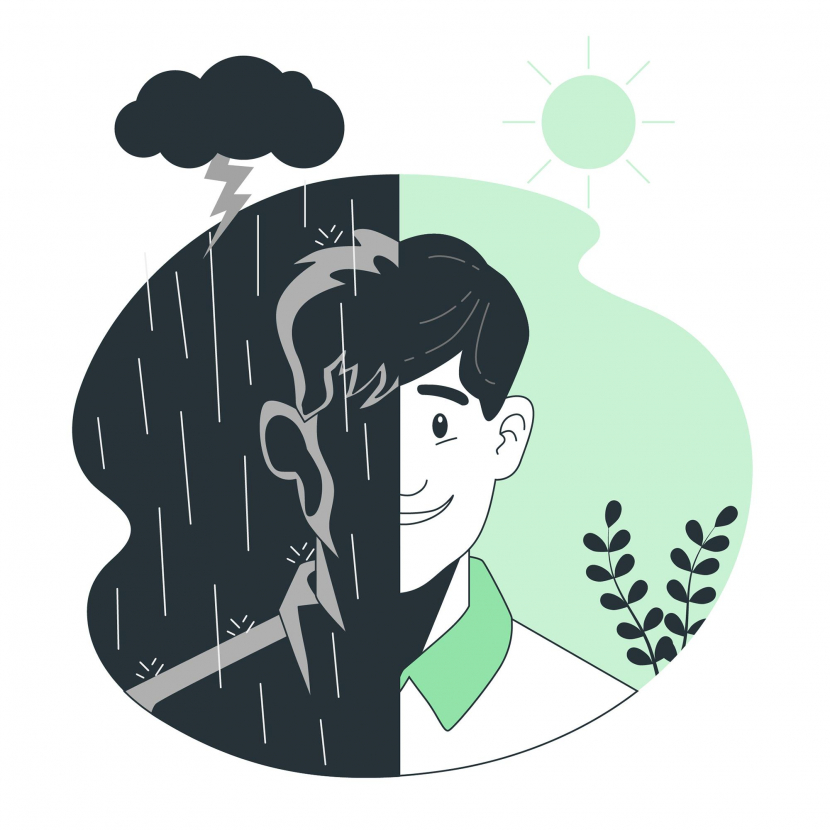 Stopping medication suddenly can be dangerous and can make bipolar symptoms worse.
Stopping medication suddenly can be dangerous and can make bipolar symptoms worse. - Psychosocial Therapy. Different kinds of psychosocial therapy can help children and their families manage the symptoms of bipolar disorder. Therapies that are based on scientific research—including cognitive behavioral approaches and family-focused therapy—can provide support, education, and guidance to youth and their families. These therapies teach skills that can help people manage bipolar disorder, including skills for maintaining routines, enhancing emotion regulation, and improving social interactions.
What can children and teens expect from treatment?
With treatment, children and teens with bipolar disorder can get better over time. Treatment is more effective when health care providers, parents, and young people work together.
Sometimes a child’s symptoms may change, or disappear and then come back. When this happens, your child’s health care provider may recommend changes to the treatment plan.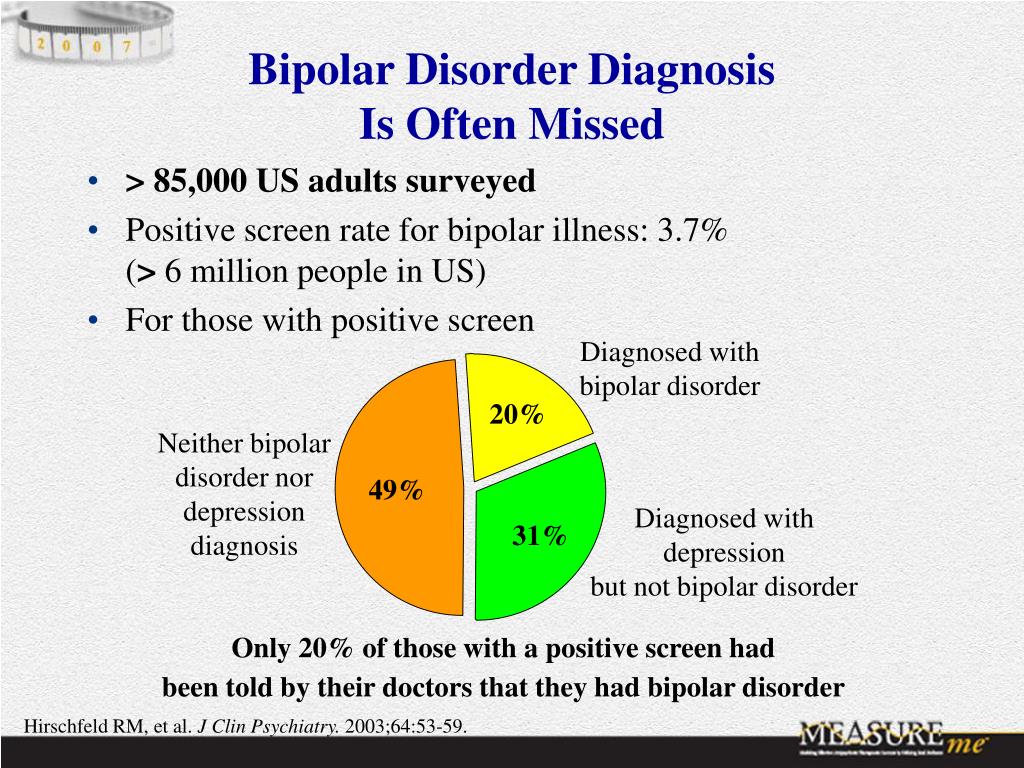 Treatment can take time, but sticking with the treatment plan can help young people manage their symptoms and reduce the likelihood of future episodes.
Treatment can take time, but sticking with the treatment plan can help young people manage their symptoms and reduce the likelihood of future episodes.
Your child’s health care provider may recommend keeping a daily life chart or mood chart to track your child’s moods, behaviors, and sleep patterns. This may make it easier to track the illness and see whether treatment is working.
How can I help my child or teen?
Help begins with the right diagnosis and treatment. Talk to your family health care provider about any symptoms you notice.
If your child has bipolar disorder, here are some basic things you can do:
- Be patient.
- Encourage your child to talk, and listen to your child carefully.
- Pay attention to your child’s moods, and be alert to any major changes.
- Understand triggers, and learn strategies for managing intense emotions and irritability.
- Help your child have fun.
- Remember that treatment takes time: sticking with the treatment plan can help your child get better and stay better.

- Help your child understand that treatment can make life better.
How does bipolar disorder affect caregivers and families?
Caring for a child or teenager with bipolar disorder can be stressful for parents and families. Coping with a child’s mood episodes and other problems—such as short tempers and risky behaviors—can challenge any caregiver.
It is important that caregivers take care of themselves, too. Find someone you can talk to or consult your health care provider about support groups. Finding support and strategies for managing stress can help you and your child.
Where do I go for help?
If you’re not sure where to get help, your doctor, pediatrician, or other family health care provider is a good place to start. A health care provider can refer you to a qualified mental health professional, such as a psychiatrist or psychologist, who has experience treating bipolar disorder and can evaluate your child’s symptoms.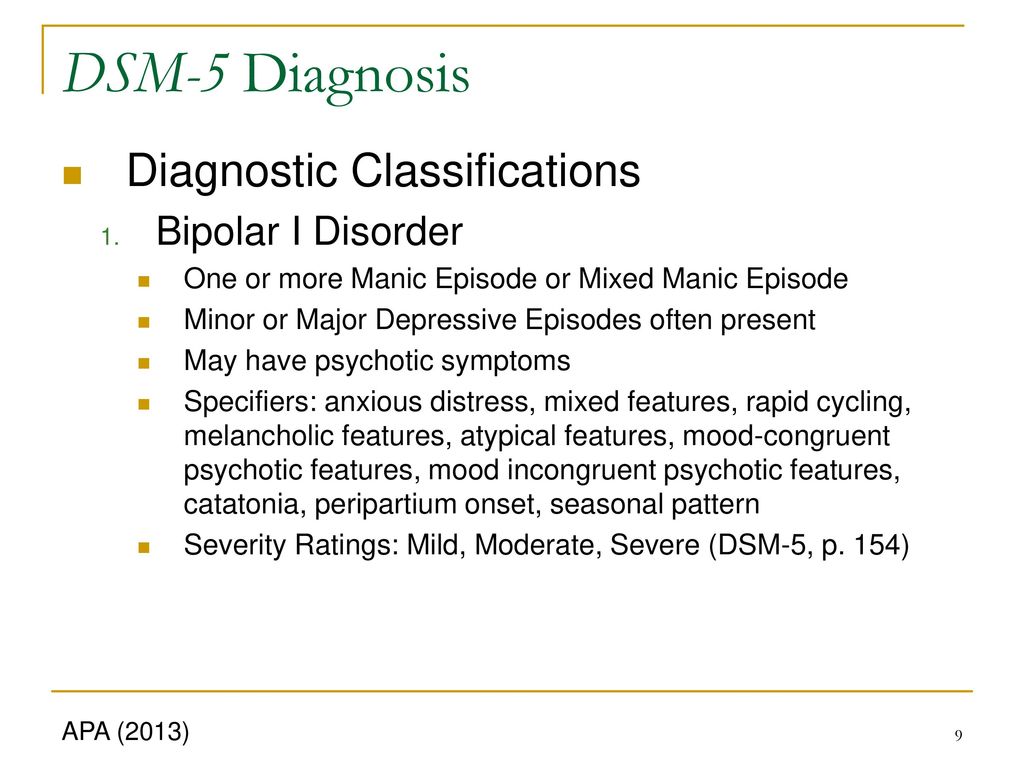
You can learn more about getting help and finding a health care provider on the National Institute of Mental Health website. Hospital health care providers can help in an emergency. The Substance Abuse and Mental Health Services Administration (SAMHSA) has an online tool to help you find mental health services in your area.
I know someone who is in crisis. What do I do?
If you know someone who might be thinking about hurting themselves or someone else, get help quickly.
- Do not leave the person alone.
- Call 911 or go to the nearest hospital emergency room.
- Call the toll-free National Suicide Prevention Lifeline at 1-800-273-TALK (8255) or the toll-free TTY number at 1-800-799-4TTY (4889). You also can text the Crisis Text Line (text HELLO to 741741) or go to the National Suicide Prevention Lifeline website.
What should I know about clinical trials?
Clinical trials are research studies that look at new ways to prevent, detect, or treat diseases and conditions.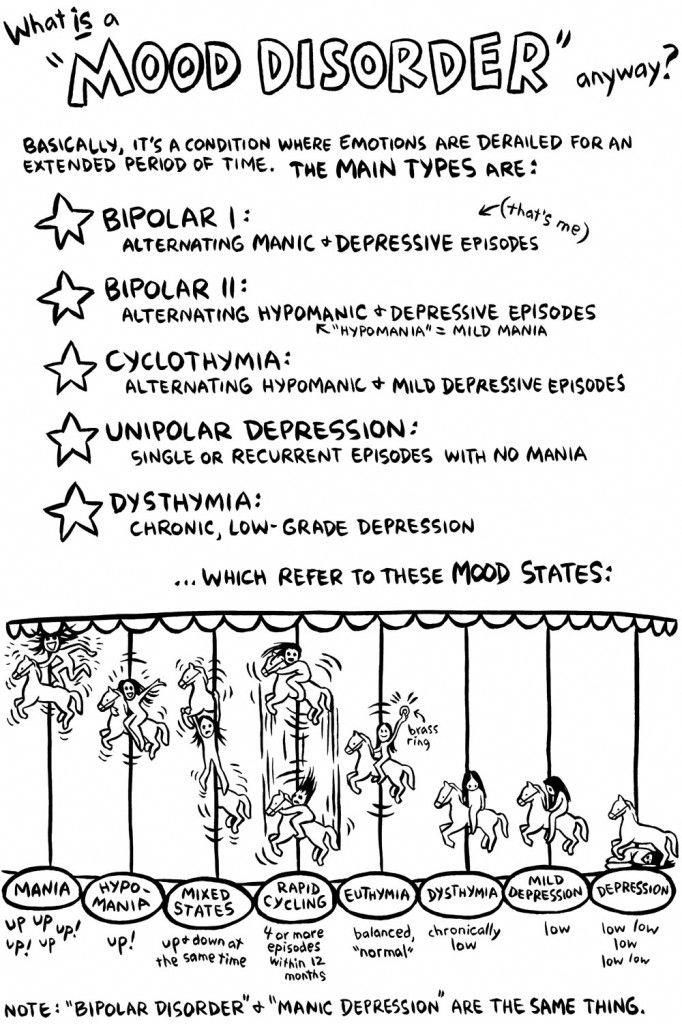 Although individuals may benefit from being part of a clinical trial, participants should be aware that the primary purpose of a clinical trial is to gain new scientific knowledge so that others may be better helped in the future.
Although individuals may benefit from being part of a clinical trial, participants should be aware that the primary purpose of a clinical trial is to gain new scientific knowledge so that others may be better helped in the future.
Researchers at NIMH and around the country conduct clinical trials with patients and healthy volunteers. Talk to your health care provider about clinical trials, their benefits and risks, and whether one is right for you. For more information, visit the NIMH Clinical Trials webpage.
Reprints
This publication is in the public domain and may be reproduced or copied without permission from NIMH. Citation of NIMH as a source is appreciated. To learn more about using NIMH publications, please contact the NIMH Information Resource Center at 1-866‑615‑6464, email [email protected], or refer to our reprint guidelines.
For More Information
MedlinePlus (National Library of Medicine) (En español)
ClinicalTrials.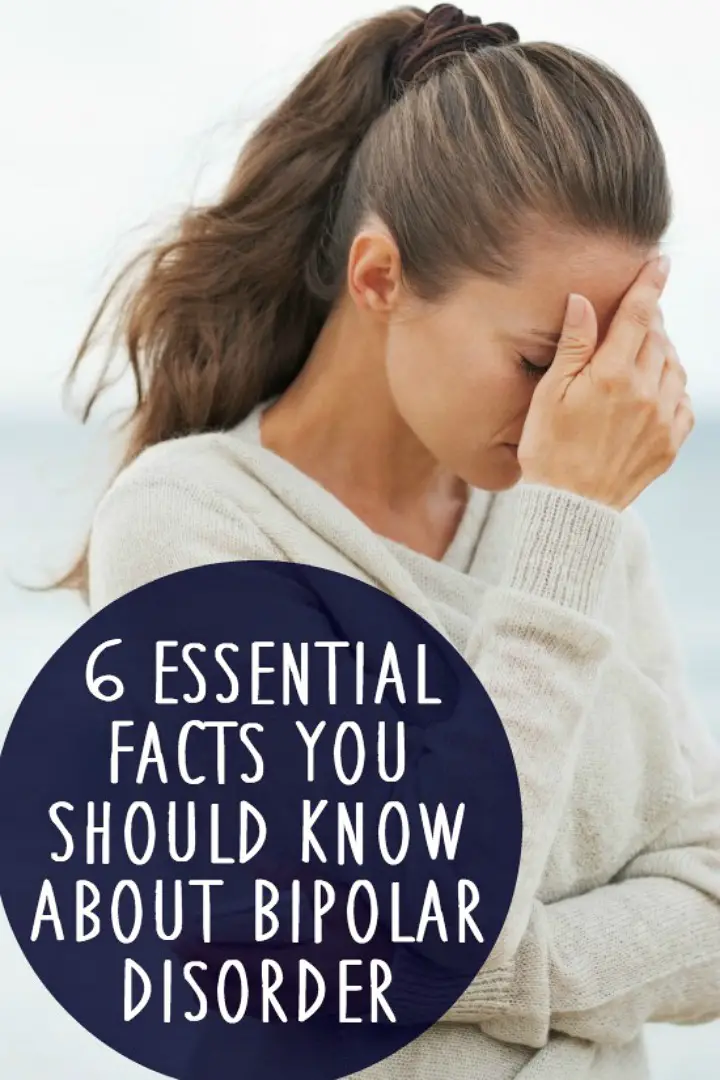 gov (En español)
gov (En español)
U.S. DEPARTMENT OF HEALTH AND HUMAN SERVICES
National Institutes of Health
NIH Publication No. 20-MH-8081
Revised 2020
Bipolar Disorder | Symptoms, complications, diagnosis and treatment
Bipolar disorder, formerly called manic depression, is a mental health condition that causes extreme mood swings that include emotional highs (mania or hypomania) and lows (depression). Episodes of mood swings may occur infrequently or several times a year.
When you become depressed, you may feel sad or hopeless and lose interest or pleasure in most activities. When the mood shifts to mania or hypomania (less extreme than mania), you may feel euphoric, full of energy or unusually irritable. These mood swings can affect sleep, energy, alertness, judgment, behavior, and the ability to think clearly.
Although bipolar disorder is a lifelong condition, you can manage your mood swings and other symptoms by following a treatment plan.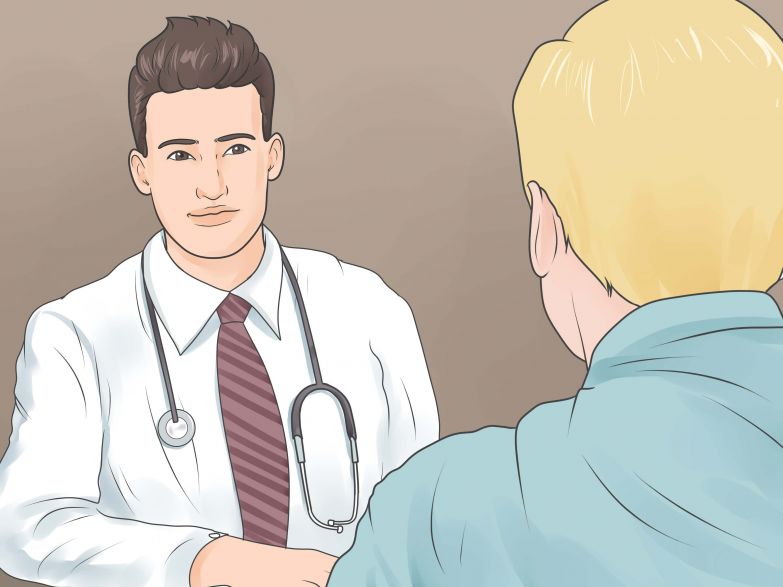 In most cases, bipolar disorder is treated with medication and psychological counseling (psychotherapy).
In most cases, bipolar disorder is treated with medication and psychological counseling (psychotherapy).
Symptoms
There are several types of bipolar and related disorders. These may include mania, hypomania, and depression. The symptoms can lead to unpredictable changes in mood and behavior, leading to significant stress and difficulty in life.
- Bipolar disorder I. You have had at least one manic episode, which may be preceded or accompanied by hypomanic or major depressive episodes. In some cases, mania can cause a break with reality (psychosis).
- Bipolar disorder II. You have had at least one major depressive episode and at least one hypomanic episode, but never had a manic episode.
- Cyclothymic disorder. You have had at least two years - or one year in children and adolescents - many periods of hypomanic symptoms and periods of depressive symptoms (though less severe than major depression).

- Other types. These include, for example, bipolar and related disorders caused by certain drugs or alcohol, or due to health conditions such as Cushing's disease, multiple sclerosis, or stroke.
Bipolar II is not a milder form of Bipolar I but is a separate diagnosis. Although bipolar I manic episodes can be severe and dangerous, people with bipolar II can be depressed for longer periods of time, which can cause significant impairment.
Although bipolar disorder can occur at any age, it is usually diagnosed in adolescence or early twenties. Symptoms can vary from person to person, and symptoms can change over time.
Mania and hypomania
Mania and hypomania are two different types of episodes, but they share the same symptoms. Mania is more pronounced than hypomania and causes more noticeable problems at work, school, and social activities, as well as relationship difficulties. Mania can also cause a break with reality (psychosis) and require hospitalization.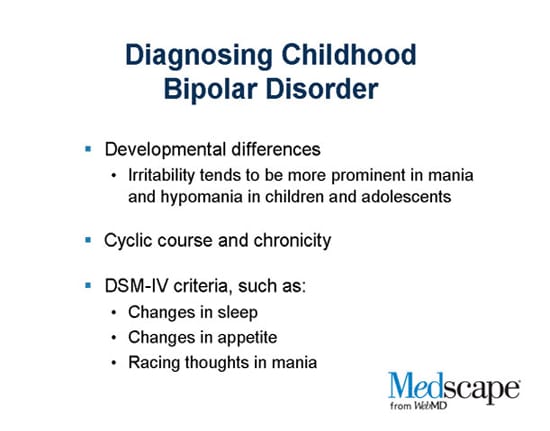
Both a manic episode and a hypomanic episode include three or more of these symptoms:
- Abnormally optimistic or nervous
- Increased activity, energy or excitement
- Exaggerated sense of well-being and self-confidence (euphoria)
- Reduced need for sleep
- Unusual talkativeness
- Distractibility
- Poor decision-making - for example, in speculation, in sexual encounters or in irrational investments
Major depressive episode
Major depressive episode includes symptoms that are severe enough to cause noticeable difficulty in daily activities such as work, school, social activities, or relationships. Episode includes five or more of these symptoms:
- Depressed mood, such as feeling sad, empty, hopeless, or tearful (in children and adolescents, depressed mood may manifest as irritability)
- Marked loss of interest or feeling of displeasure in all (or nearly all) activities
- Significant weight loss with no diet, weight gain, or decreased or increased appetite (in children, failure to gain weight as expected may be a sign of depression)
- Either insomnia or sleeping too much
- Either anxiety or slow behavior
- Fatigue or loss of energy
- Feelings of worthlessness or excessive or inappropriate guilt
- Decreased ability to think or concentrate, or indecisiveness
- Thinking, planning or attempting suicide
Other features of bipolar disorder
Signs and symptoms of bipolar I and bipolar II disorder may include other signs such as anxiety disorder, melancholia, psychosis, or others.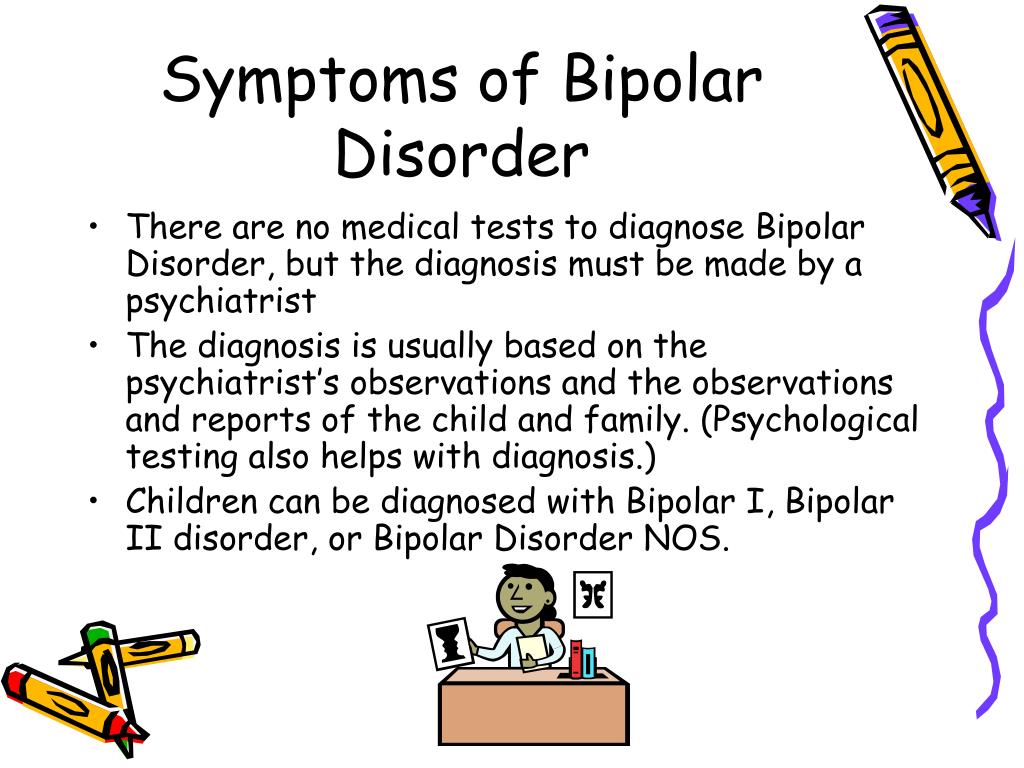 The timing of symptoms may include diagnostic markers such as mixed or fast cycling. In addition, bipolar symptoms may occur during pregnancy or with the change of seasons.
The timing of symptoms may include diagnostic markers such as mixed or fast cycling. In addition, bipolar symptoms may occur during pregnancy or with the change of seasons.
When to see a doctor
Despite extreme moods, people with bipolar disorder often do not realize how much their emotional instability disrupts their lives and the lives of their loved ones and do not receive the necessary treatment.
And if you are like people with bipolar disorder, you can enjoy feelings of euphoria and be more productive. However, this euphoria is always accompanied by an emotional disaster that can leave you depressed and possibly in financial, legal, or other bad relationships.
If you have symptoms of depression or mania, see your doctor or mental health professional. Bipolar disorder does not improve on its own. Getting mental health treatment with a history of bipolar disorder can help control your symptoms.
Bipolar disorder in adolescents - definition, causes, stages of development
According to the World Health Organization, bipolar disorder is in sixth place among the diseases that can provoke a disability in a patient.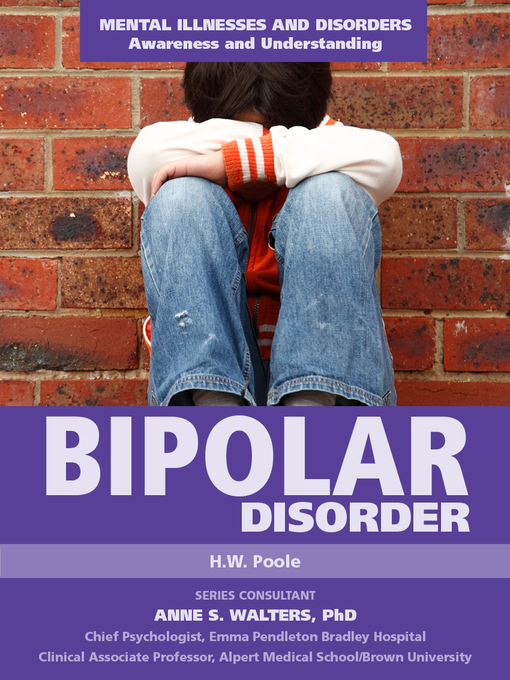 High incidence rates among adolescents lead to the need to find ways to solve this problem. The symptoms of bipolar disorder in adolescents are often explained by the characteristics of adolescence and are not considered as indicators of mental illness. In this connection, the patient goes to the doctor when his condition worsens significantly, while the quality of life decreases.
High incidence rates among adolescents lead to the need to find ways to solve this problem. The symptoms of bipolar disorder in adolescents are often explained by the characteristics of adolescence and are not considered as indicators of mental illness. In this connection, the patient goes to the doctor when his condition worsens significantly, while the quality of life decreases.
Disease definition
Bipolar disorder in adolescents is a disease characterized by alternating episodes of depression, mania, and an adequate state. These episodes can last from several weeks to several months.
In the ICD-10, bipolar affective disorder is coded F31 and is characterized as a disorder with two or more episodes in which the patient's activity level and mood are significantly impaired.
Bipolar personality disorder in adolescents was first described at the end of the 19th century by the German psychiatrist Emil Kraepelin, who defined it as manic-depressive psychosis. He considered the clinical picture of the disease and revealed a direct relationship between the increase in the number of depressive episodes and the age of the patient. The older a person is, the more often he experiences depression.
Young people from 15 to 25 years old are more susceptible to the disease. In children, the disease is rare, but in some cases it is at a younger age that the mechanism of mental changes is triggered. By gender, the ratio of cases is approximately equal.
Bipolar disorder in children and adolescents usually begins with an episode of depression that lasts indefinitely. If the state enters the manic (hypomanic) phase, the adolescent experiences euphoria accompanied by feelings of happiness or irritability. The stronger the previous depressive phase, the more pronounced the mania.
Adolescent bipolar disorder is a disease that will periodically make itself felt in adulthood. But with the help of medical and psychotherapeutic methods, it is possible to achieve long periods of remission, contributing to a long, rich, fulfilling life for the patient.
Symptoms of bipolar disorder in adolescents
They are associated with the phases of the disease - depressive and manic. The disease can manifest itself in only one phase, or hypomanic manifestations can form. In some cases, the phases replace each other - then we are talking about a mixed type of disease.
Despite the fact that the symptoms of bipolar disorder in adolescents from 14 to 17 years old have similar features, each case is individual. The number of phases, the frequency of their change and the duration differ in each case. Remission periods also take a different period of time and can last several years. At the end of the attack, mental health is restored and maintained until the next episode.
The main signs of bipolar disorder in adolescents are:
- Depressive episode of bipolar disorder. The main symptom of a depressive episode is pronounced depression, which occurs with the presence of psychoses and nervous disorders. The depressive state is characterized by a persistent clinical picture over a long period of time.

Symptoms of bipolar personality disorder in adolescents include the following conditions and phenomena:
- Sudden mood swings in the same tone (anxious and depressive thoughts are observed in the morning; by the evening the condition improves, but the anxiety does not leave the patient).
- Loss of appetite and change in taste preferences (against the background of depression and anxiety, the patient refuses to eat or forgets to eat). Sometimes the opposite picture arises: appetite increases, temporary periods of sleep and wakefulness are disturbed, and the patient spends more time in a state of sleep.
- Physical sensation of feelings of melancholy and anxiety. Night sleep does not bring relief. The patient complains of being tired in the morning.
- Inhibited reaction to what is happening (the slowness of the flow of basic mental processes does not allow you to adequately respond to current affairs).
- Delusional thoughts and hallucinations may occur.
There are feelings of guilt, fear of imminent danger.
A characteristic symptom of bipolar disorder in adolescent girls is an irregular menstrual cycle or no menstrual cycle at all. Girls experience a depressive episode more vividly, completely immersing themselves in frustration.
One of the serious symptoms of depression is the presence of suicidal thoughts, which lead to appropriate actions. When the risk of suicide increases, the patient is hospitalized in the hospital of the clinic.
Symptoms and signs of bipolar disorder in an adolescent manic episode vary in severity. It can be hypomania (mild mania) or mania with pronounced mental manifestations.
A manic episode manifests itself in the following states:
- The patient experiences an inexplicable feeling of joy, has fun and jokes for no reason. The elevated mood does not leave him for a long time. Excessive activity, megalomania, self-confidence and rightness push him to all sorts of "exploits".
- The desire to have time to do everything leads to a rush and the inability to focus on something specific. A teenager starts several things at the same time, but does not bring them to the end and forgets about what he did.
- Actions do not keep pace with the thoughts that arise at the speed of light in the head of the patient.
In the case of mild mania (hypomania), there is no pronounced social maladjustment, high spirits and activity do not interfere with existence and communication in society.
Mania is not always fun and joy. One of the variants of the manic syndrome is the manifestation of mania of anger. In this case, the patient experiences irritation, anger; picks on trifles to others; gets nervous if someone asks again or asks questions.
Symptoms of a mixed episode of bipolar affective disorder in adolescents include signs of bipolar disorder in adolescents 14, 15, 16 years of two episodes - depressive and manic. However, these episodes can last several weeks or hours. With a mixed type of disorder, the symptoms are most pronounced and lead to social maladaptation.
However, these episodes can last several weeks or hours. With a mixed type of disorder, the symptoms are most pronounced and lead to social maladaptation.
Relatives of potential mental health clinic patients are wondering how to tell if a teenager has bipolar disorder. Adolescence is the most difficult period in a person's life, because there are changes in the body, both physically and mentally. The first signs of bipolar disorder in adolescents are often attributed to the characteristics of adolescence, when emotional instability, mood swings, depression, youthful maximalism are not considered as borderline states of the psyche.
Although already at 12 years old, adolescents can see signs of bipolar disorder. Features of adolescence leave their mark on the mood and attitude to life. But some moments in the behavior of a teenager should alert his inner circle.
Mental health professionals say that teens with bipolar disorder lose the ability to recognize the true emotions of others. Being in a state of depression, they perceive relatively neutral facial expressions in a negative way. They may feel that the other person is angry or afraid. Although in reality the interlocutor is calm and does not express any emotions. In addition, there are problems with memory, switching attention from one object to another. Symptoms of bipolar disorder in adolescents 18 years of age are pronounced, regardless of the episode in which the patient is.
Being in a state of depression, they perceive relatively neutral facial expressions in a negative way. They may feel that the other person is angry or afraid. Although in reality the interlocutor is calm and does not express any emotions. In addition, there are problems with memory, switching attention from one object to another. Symptoms of bipolar disorder in adolescents 18 years of age are pronounced, regardless of the episode in which the patient is.
Causes of disease
Despite the keen interest in the phenomenon of bipolar disorder, experts do not have an exact explanation for the causes of bipolar disorder in adolescents. There is an opinion that the disease is inherited. Certain genes are believed to influence a person's predisposition to pathology, but they have not been identified at this time.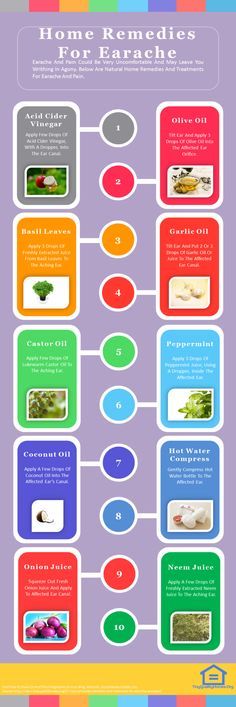 The family history is taken into account. If this disorder is detected in one family member, this does not mean that the whole family is at risk.
The family history is taken into account. If this disorder is detected in one family member, this does not mean that the whole family is at risk.
Considering the cause-and-effect relationships in the formation of bipolar disorder in adolescents, experts pay attention to the associated risk factors: biological, emotional, social. Adolescents with other mental disorders are at risk: anxiety disorder, attention deficit hyperactivity disorder, a tendency to various kinds of addictions, etc.
Bipolar episodes can be initiated by any stressful situations, psychological trauma and addictions. However, in most cases, the disease is formed without any apparent causes and external triggers.
The pathogenesis of bipolar disorder in adolescents is not fully understood. The occurrence of the disease is due to a hereditary factor. It is believed that patients with bipolar disorder have abnormalities in the structure and functioning of the brain.
In the course of research, it was found that brain activity in depressive and manic phases differ. The occurrence of depressive states is associated with a violation of the functions of the system of inhibitory neurons of the brain, the "Sleep-wakefulness" cycle. The manic phase is associated with increased tone of the sympathetic nervous system, disruption of the pituitary gland and thyroid gland.
The occurrence of depressive states is associated with a violation of the functions of the system of inhibitory neurons of the brain, the "Sleep-wakefulness" cycle. The manic phase is associated with increased tone of the sympathetic nervous system, disruption of the pituitary gland and thyroid gland.
Developmental stages and classification of bipolar disorder
Episodes of bipolar disorder in adolescents have a characteristic clinical picture that develops over several stages.
A depressive episode includes 4 stages:
- Initial stage.
- The stage of increasing depression.
- stage of severe depression.
- Return to normal.
There are 5 stages in a manic (hypomanic) episode:
- Hypomania (growing depression).
- Mania (severe depression).
- phase peak.
- Relief of symptoms.
- Return to normal.
The classification of bipolar disorder in the ICD-10 bipolar affective disorder is indicated by the code F31.
Given the nature of the course of the disease, experts distinguish the following manifestation of the pathological process:
- bipolar course - the disease is characterized by a change in two phases (depressive and manic), between which there are periods of remission;
- continual course - there are no periods of remission between the phases of a depressive and manic disorder. One phase is immediately replaced by another.
- monopolar course - the patient suffers from either manic or depressive manifestations. Most often, adolescents are overcome by depression, the symptoms of which are of a pronounced clinical nature.
Complications of the disease
Complications of adolescent bipolar disorder include an altered perception of reality, which leads to an intense increase in the frequency of suicidal thoughts and actions. Various kinds of addictions (drug, alcohol) that occur against the background of episodes of the disease exacerbate the symptoms.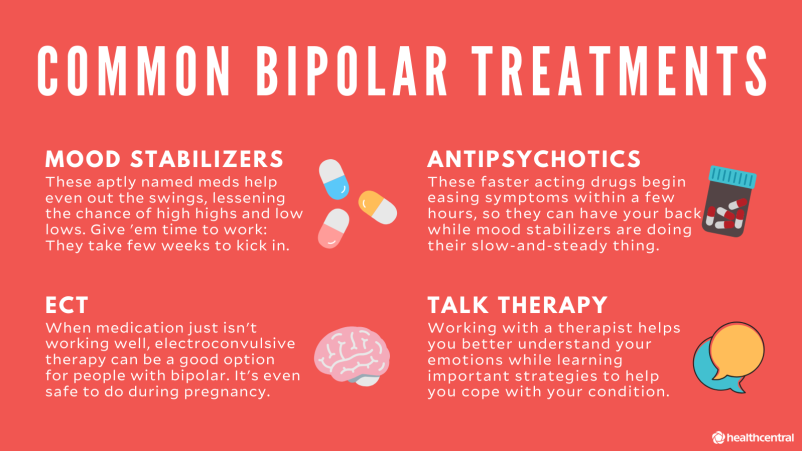 If there are concomitant diseases, the pathological process reaches critical indications.
If there are concomitant diseases, the pathological process reaches critical indications.
The consequences of bipolar disorder in adolescents can significantly limit their normal functioning. The states of mania and depression affect the patient's relationship with others. Antisocial behavior is formed, as a result of which there are problems with the law. The patient can be dangerous both for himself and for other people.
Extreme polar moods of the patient not only limit his life activity, but also interfere with the life of family members and close relatives. emotional instability, whether it be mania or depression, significantly change the daily lifestyle of the patient and his environment. The disease becomes a problem for the whole family, it affects the social, legal, material spheres of life.
Bipolar disorder does not go away on its own. If left untreated, the clinical picture worsens. Periods of emotional mood swings become longer and more severe.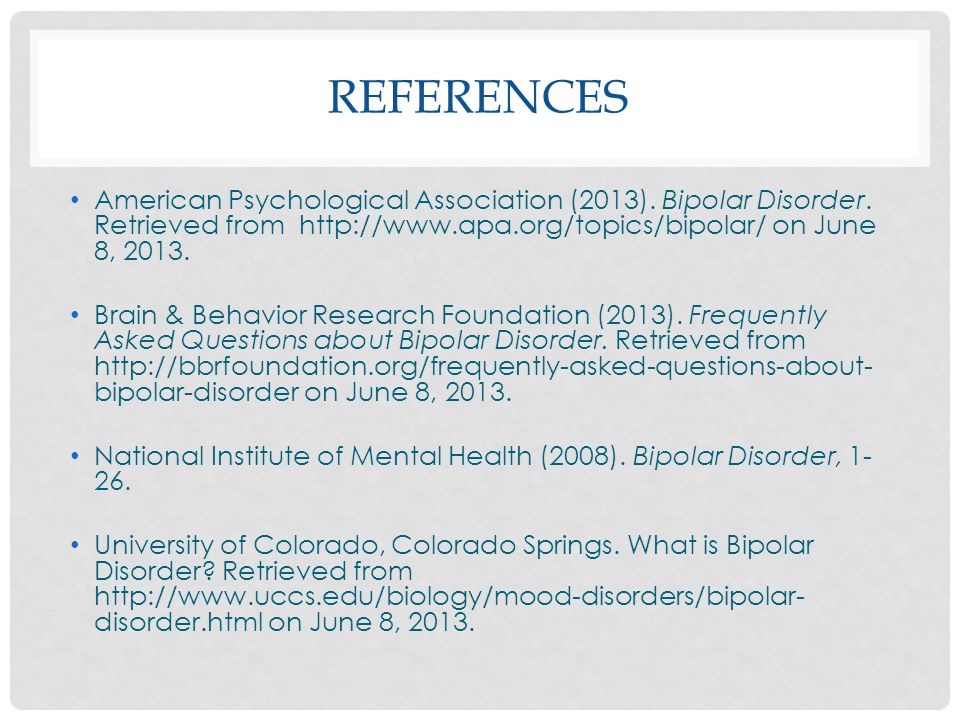
In whatever episode of the disease a person is, his emotional state causes inconvenience to himself and others. Often relatives go to the doctor when a lot of time has passed since the first episode. Emotional instability, mood swings are usually attributed to the characteristics of adolescence. Prolonged lack of treatment leads to a worsening of the condition and an increase in the duration of depression and mania.
At the first signs of a pathological change in mood, which has a bipolar tonality, it is necessary to contact a specialist who treats mental disorders.
Diagnosis of bipolar disorder in adolescents
A feature of this disease is that there are no laboratory and instrumental diagnostic methods. How to determine bipolar disorder in adolescents if it is not possible to identify the pathology based on the results of tests and examinations?
When diagnosing bipolar disorder, special attention is paid to the symptoms of the disease.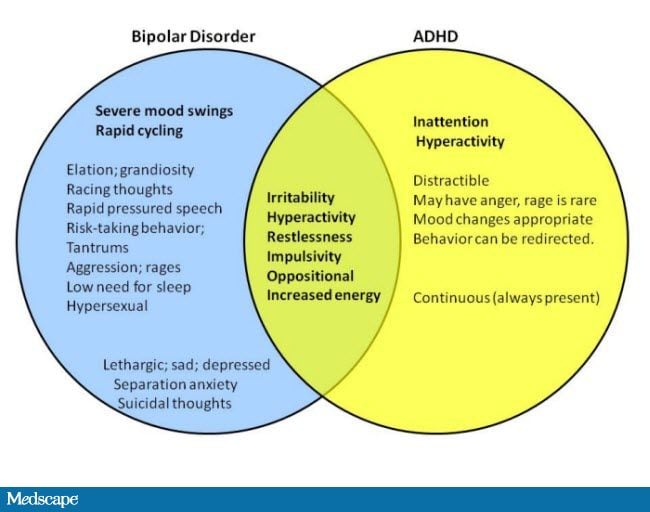 An informative diagnostic method is the collection of an anamnesis of the disease, in which the patient and his relatives or immediate environment participate.
An informative diagnostic method is the collection of an anamnesis of the disease, in which the patient and his relatives or immediate environment participate.
Bipolar disorder must be differentiated from other pathological conditions: schizophrenia, anxiety and hyperkinetic disorders, addictions of various origins. In most cases, the diagnosis of the disease is difficult, since adolescents, due to age, are characterized by frequent mood swings and emotional instability.
An accurate diagnosis can be made by a specialist in a specialized clinic dealing with the treatment of mental disorders. He knows how to diagnose bipolar disorder in a teenager, determine the type and stage of the disease.
Treatment of bipolar disorder in adolescents
The choice of treatments for bipolar disorder in adolescents depends on the severity of the clinical picture. It can be urgent (to relieve acute symptoms), ongoing (to consolidate the therapeutic effect) and supportive (to stabilize the patient's condition).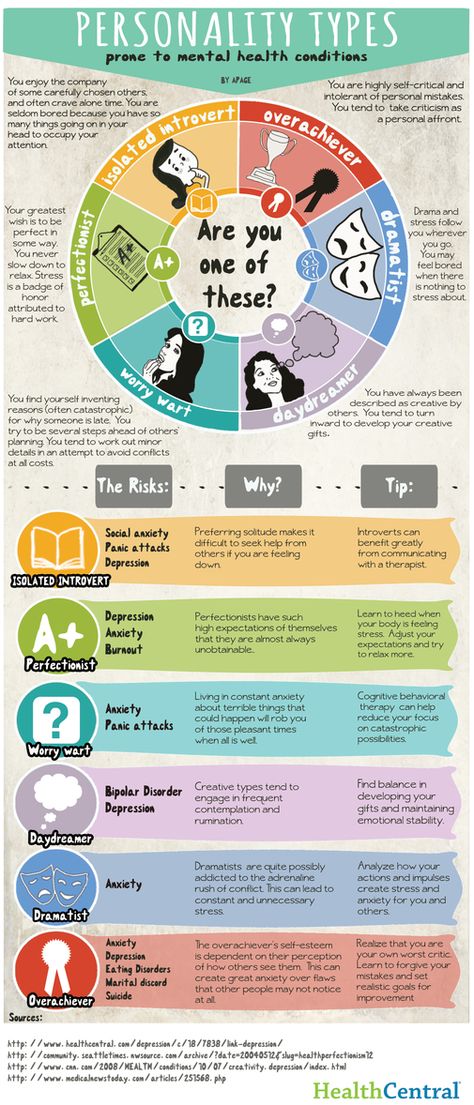
In the treatment of bipolar disorder in adolescents, medical and psychotherapeutic methods are used.
-
Medical treatment
-
Psychotherapy
Bipolar disorder in adolescents is an incurable disease. But with the help of drugs, success can be achieved in eliminating acute symptoms and restoring the social status of the patient.
Drug therapy in adolescents is similar to how bipolar disorder is treated in adults, but the young age of the patient must be taken into account. It is strictly forbidden to prescribe medicines on your own. Only a doctor who specializes in the treatment of mental disorders can pick them up. Depending on the progressive episode, the patient is prescribed different groups of drugs, such as antidepressants, tranquilizers, antipsychotics, mood stabilizers, anti-anxiety drugs.
In psychotherapy, special methods have been developed to cope with the symptoms of the disease, as well as to prevent relapses:
- Cognitive-behavioral psychotherapy (based on the relationship between the patient and his parents to correct the patient's condition).

- Multi-family group psychoeducation along with individual family psychoeducation (determination of methods of drug treatment and strategies for solving emerging problems).
- Dialectical behavioral therapy (a series of classes to reduce anxiety, depression, the frequency of suicidal thoughts).
Psychotherapy is an effective method only if all the recommendations of specialists are followed. It is important to manage the symptoms of any episode of bipolar disorder, whether depressive or manic.
+7 (495) 121-48-31
Disease prevention
There is no specific prevention for bipolar disorder in adolescents. To minimize the occurrence of depressive, manic or mixed episodes, it is necessary to follow the doctor's recommendations. Supportive care to prevent symptoms is important.
To achieve long-term remissions, the participation of a specialist psychotherapist is necessary. The use of psychotherapeutic and psychosocial methods of treatment and rehabilitation, filling out self-control sheets to track the dynamics contribute to the improvement of the patient's condition.